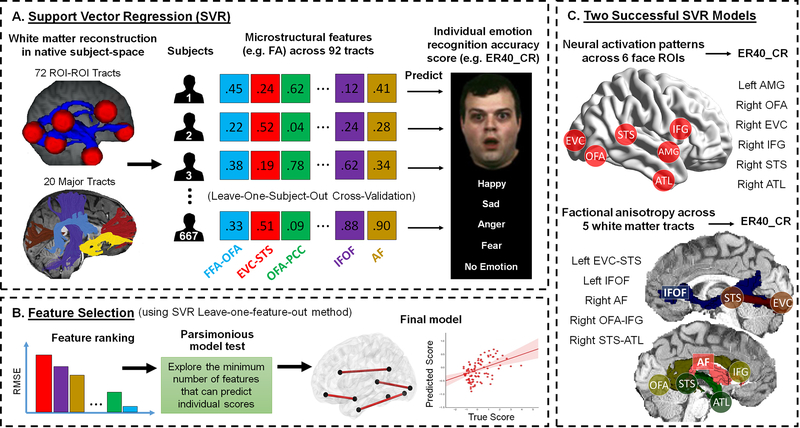Figure 6. Schematic Overview of the Methods and Results Used in the Brain-Behavior Association.
(A) For each group of brain metrics (e.g. neural activity, white matter characteristics, functional connectivity, or effectivity connectivity), we built up a separate model for support vector regression (SVR). Take the white matter factional anisotropy (FA) as an example, we extracted FA values from 92 white matter tracts (72 ROI-ROI connections + 20 major fasciculi) across all subjects and set them as independent features in the model. We adopted the leave-one-subject-out cross-validation (LOOCV) scheme to train and test data and examined if the SVR model of a particular brain metric (e.g. FA) can predict a performance score (e.g. emotion recognition accuracy, ER40_CR 101). If the predicted score was significantly associated with the true score, we proceeded to the feature selection step. (B) We used a leave-one-feature-out method for feature selection (with a five-fold cross-validation scheme) and ranked each feature’s importance based on the incurred root-mean-square error (RMSE) in the absence of that feature. After that, we performed the parsimonious model test by sequentially testing a series of SVR models with combination of top n important features (e.g. top 10 at first, then top 9, 8, 7 …) until a model with n-1 feature that were no longer able to predict individual’s performance. Again, we adopted the LOOCV scheme to train and test data in the parsimonious model test. (C) Among all groups of brain metrics, we found only the SVM model with neural activity of all face ROIs and the model with FA value of all tracts can successfully predict individual’s emotion recognition accuracy. The parsimonious model tests further revealed a subset of 6 face ROIs and a subset of 5 white matter tracts that were the most predictive features for the two successful SVM models. It’s important to note that these two subsets of face ROIs and white matter tracts corresponded well with each other, suggesting that critical tracts were also connecting critical ROIs.

